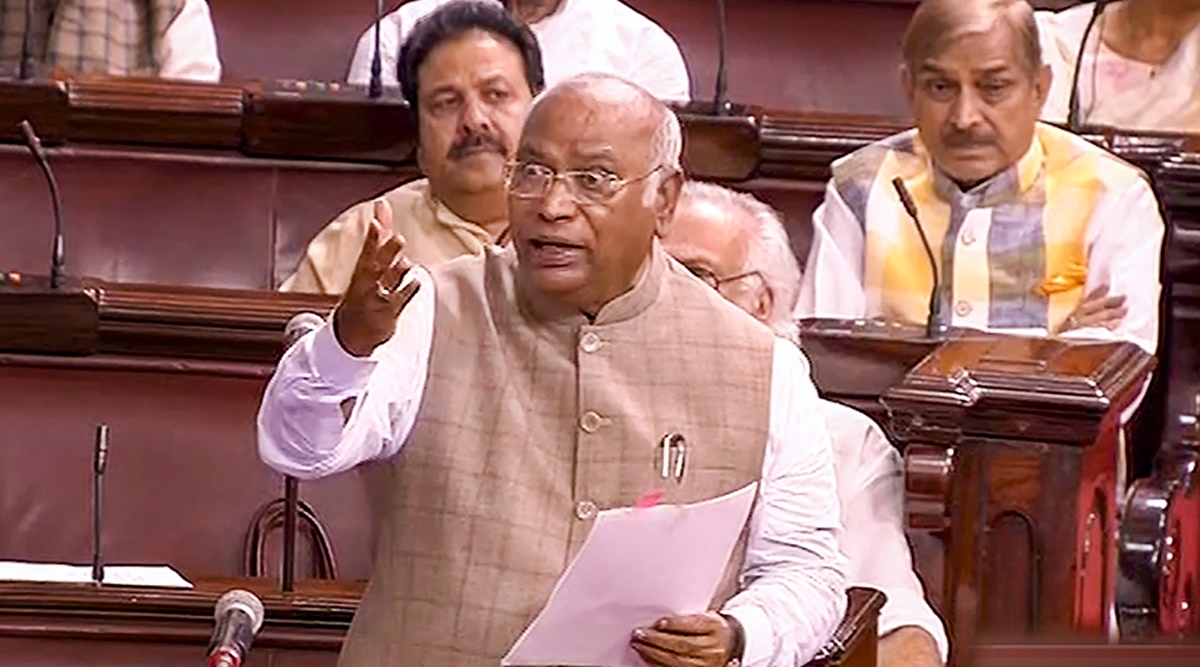A political party in Manipur has asked for the resignation of the state government and the installation of President’s Rule immediately in order to begin a peace process under a neutral administration.

What exactly is the President’s Rule?
- Article 356 of the Indian Constitution, sometimes known as President’s government, gives the President the authority to impose central government in a state if the constitutional system has failed.
- While it was originally designed for unusual circumstances, central governments have frequently utilised it for political ends.
Article 356 Provisions: Imposition of President’s Rule:
- Article 356 authorises the President to withdraw a state government’s administrative and legislative powers when it is unable to function in conformity with the Constitution.
- Triggering factors: The President may invoke Article 356 based on a report from the Governor or on his own initiative if the state’s constitutional apparatus has broken down.
- It can be imposed for six months at a time and for a maximum of three years.
- Parliamentary permission is necessary every six months to continue the imposition of President’s Rule.
Historical Background
- The following is an excerpt from the Government of India Act of 1935: Section 93 of this legislation inspired Article 356, which permitted the Governor of a province to assume the powers of the government in certain circumstances.
- Controlled democracy: The clause gave provincial governments some autonomy while allowing British authorities to take ultimate control when necessary.
Political Misapplication of Article 356
- Early examples: During Congress’ supremacy, Article 356 was utilised against Left-wing governments and regional parties in states. It was used six times by Jawaharlal Nehru’s government till 1959, including to depose Kerala’s elected communist government.
- In ensuing decades, numerous central governments, especially those led by Indira Gandhi and the Janata Party, repeatedly utilised Article 356 against state governments.
S R Bommai Case Sets a New Standard
- Significant Supreme Court decision: The Supreme Court established specific rules on the employment of Article 356 in the matter of R. Bommai v. Union of India in 1994.
- Imposition in specific cases: According to the court, President’s Rule can be used in circumstances of physical breakdown of the government or a ‘hung assembly.’
- Preventing arbitrary use: The court emphasised the importance of allowing the state administration to demonstrate its majority or instances of violent breakdown before adopting President’s Rule.
Source: https://indianexpress.com/article/india/impose-presidents-rule-manipur-cm-should-resign-kharge-raises-opposition-demands-parliament-8850459/#:~:text=With%20the%20Manipur%20sexual%20violence,ethnic%20conflict%20since%20early%20May
